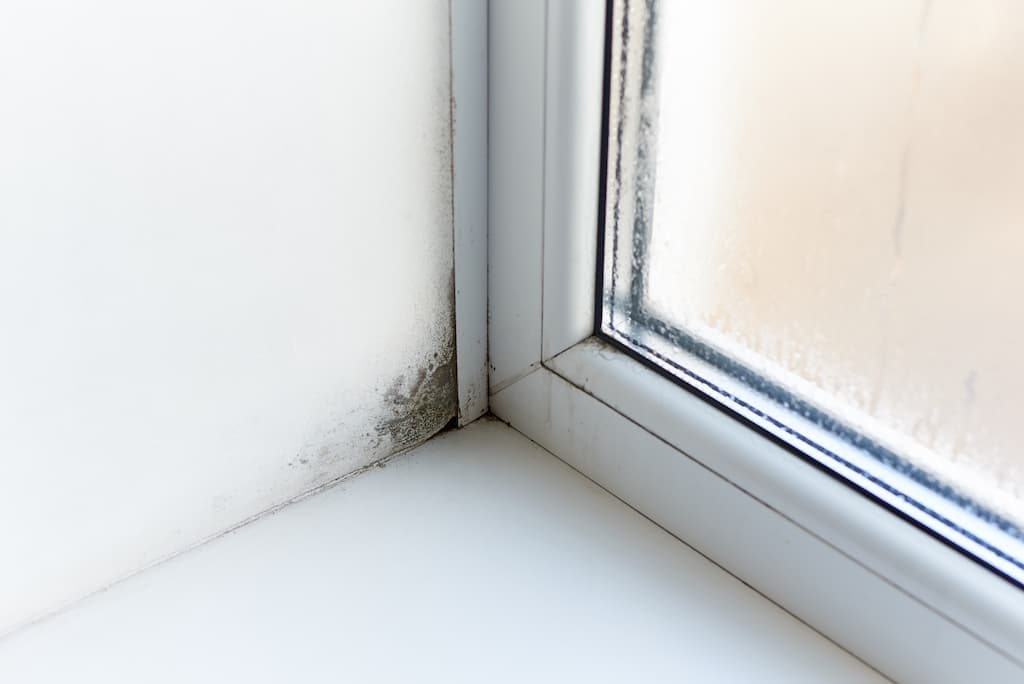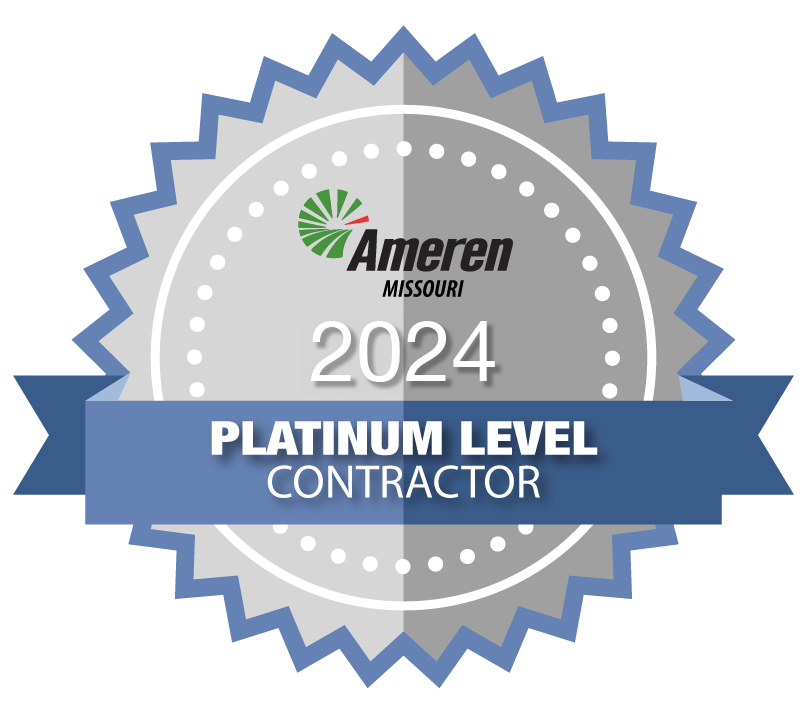How to Lower Humidity In Home
We all know how St Charles and St. Louis get hot during the summer! And what do they say? The humidity definitely makes it worse! Fortunately, there are plenty of things you can do to reduce the humidity in your home.
How to Lower Humidity Levels in the Home
The folks over at Everyday Workbench go over how to reduce your home humidity, prevent mold, and make your home more comfortable in the summer.
Home Humidity Hot Spots
Feeling humidity is often the first sign. The Environmental Protection Agency reports that humidity can lead to mildew and mold. You could go out and buy a hygrometer at a hardware store to get an official humidity reading, but really you can just look for simple signs of condensation on mirrors or windows – the first sign of mold or mildew. Your first task is to locate problem areas, then eliminate those issues. Here is a list of the most common places to check:
HVAC Maintenance
If you check your HVAC unit, you can find your condenser coil. Check to make sure it isn’t dirty and blocked. Check and change your air filter. Remember, having a clean and efficient running system is a great way to try to prevent illness and have better indoor air quality. No Problem Heating & Cooling offers a regular maintenance plan for your HVAC system.
Too Many Plants
We know, we know. You love the jungle in your house! It really is the best feeling when you can bring a little bit of the country life into your home. The problem is: plants retain water as humidity. Lots of plants means lots of moisture.
Proper Bathroom Ventilation
The bathroom is a big hot spot for humidity. Using the shower and tub is the easy culprit. Check the caulking around the tub, shower stall, and windows. Making sure you have a good seal will help reduce drafts and moisture. Adding a exhaust fan will also help eliminate extra humidity in the room as fast as possible.
Windows and Doors
Something as simple as a poorly fitted floor can lead to air leak and increased humidity in the home. Check all exterior doors and windows for proper weather stripping and caulking. It is a good idea to review these points in your home every spring and fall.
Roofing and Basement
These areas can be common sources for increased humidity levels in your home. The smallest roof leak can lead to pooling water, mold growth, and structural damage to your home. Crawl spaces and basements are easily top spots for humidity culprits as well. The proper sealing of a basement can either make or break the fight against home humidity.
Home Humidity Solutions
We are going to tackle the solutions. Remember you cannot ever get rid of humidity 100%. It’s just not possible and you don’t want to. It is finding the balance of just the right humidity that is comfortable and healthy. These are ways that during these hot summers in St Charles that we can slow high humidity down.
Make Necessary Repairs
Ensuring your home remains sealed and well-maintained is crucial for maintaining proper humidity levels, energy efficiency, comfort, and structural integrity. Regular inspections and necessary repairs play a pivotal role in this process. Addressing issues like damaged weather stripping, cracked caulk, or gaps around doors and windows can prevent drafts, moisture infiltration, and pests from entering your home. Repairing leaks in the roof, siding, or foundation preserves the building’s structural integrity and prevents water damage. Routine maintenance of your HVAC system, including sealing ductwork, enhances insulation and minimizes energy wastage. By proactively making these repairs, you’ll maintain a comfortable, energy-efficient, and secure home environment while potentially saving on utility bills and costly future repairs.
Circulated Air
Make sure your home has good air circulation. Get those ceiling fans or portable fans moving. If you have ventilation fans in the bathroom or the kitchen, use them after showering or while cooking. If the weather is good and your family doesn’t suffer from allergies, open windows and doors and let the air blow right through the house.
Add a Ductless Mini Split
Sometimes adding a ductless mini-split can tie up two loose ends at once. Mini-split AC systems can also effectively manage home humidity by employing features like dehumidification mode, continuous operation, zoned cooling, and variable speed compressors. These systems can remove excess moisture from the air, maintain consistent indoor humidity levels, and prevent overcooling. They’re energy-efficient, and as long as you pick the right size and give the regular maintenance, they’ll keep your home comfy and dry.
Add a Portable or Whole-House Dehumidifier
Depending on the humidity pain points in your home, you could consider installing either a portable or whole-house dehumidifier. Portable dehumidifiers can be bought almost anywhere and are perfect for resolving humidity issues in a single room or basement corner. If you have humidity concerns in multiple rooms, you might consider an air purification system or whole-house dehumidifier incorporated into your HVAC system by professionals like No Problem Heating and Cooling.
Schedule Service or Request a Quote
Areas We Serve
Proudly installing, repairing, and maintaining all types of residential and commercial HVAC systems in St Charles and the St Louis Metro Areas.
- St Charles County, Missouri
- St Louis County, Missouri
- Warren County, Missouri
- Franklin County, Missouri



